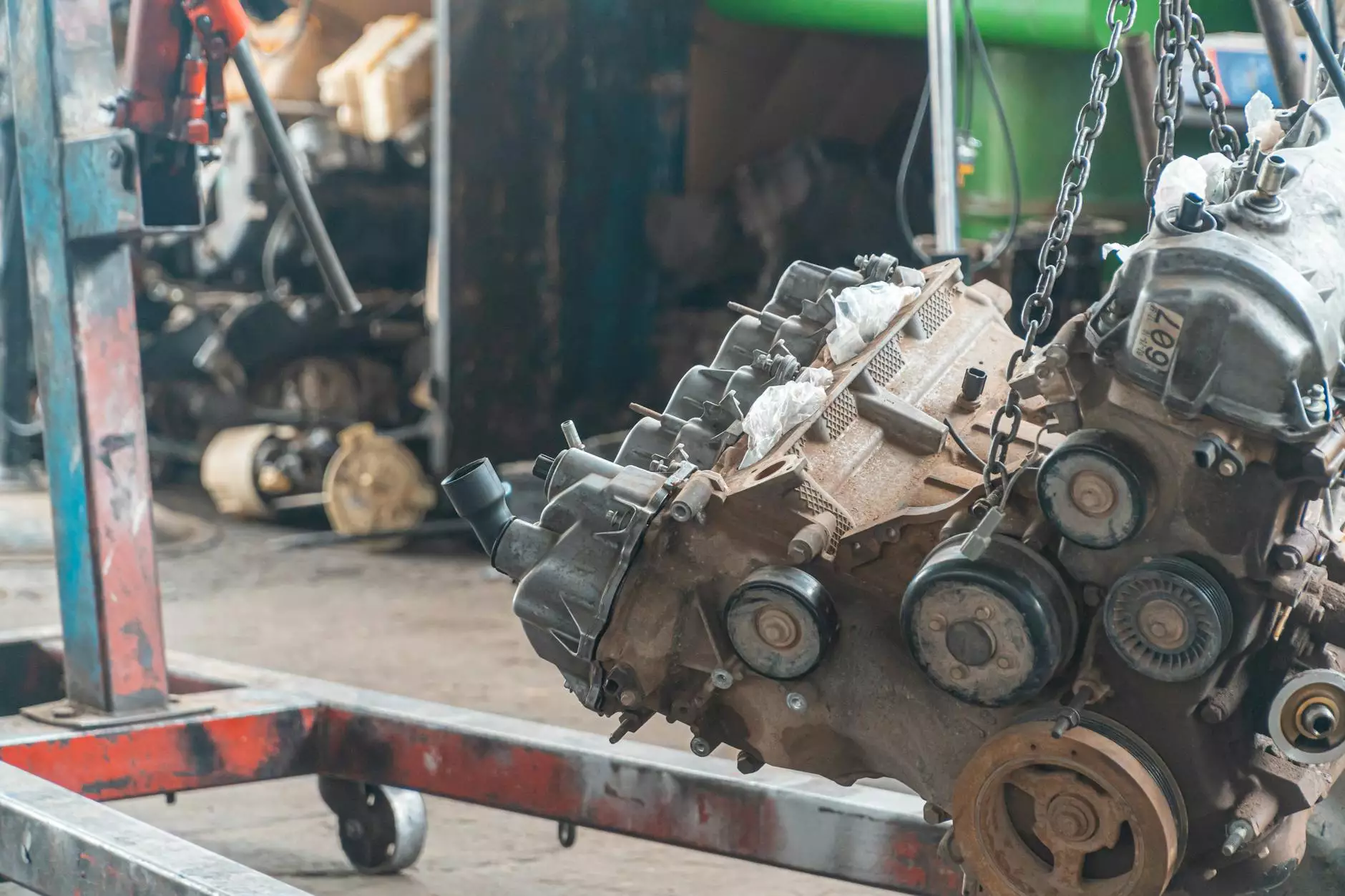Understanding the Importance of Street Sweeper Machines

In today's fast-paced urban environments, maintaining cleanliness is more crucial than ever. One of the unsung heroes of urban maintenance is the street sweeper machine. These machines play a pivotal role in ensuring that our cities remain not only aesthetically pleasing but also safe for pedestrians and vehicles alike. This article delves into the intricacies of street sweeper machines, their significance, types, and how they tie into our tech-driven world.
The Role of Street Sweeper Machines in Urban Maintenance
Street sweeper machines are indispensable in urban maintenance efforts. Their primary function is to clean streets, removing dirt, debris, and pollutants that accumulate over time. The importance of this task cannot be overstated, as clean streets lead to enhanced safety, improved public health, and a more pleasant urban experience.
Benefits of Using a Street Sweeper Machine
- Enhanced Aesthetics: Clean streets contribute to a more attractive city landscape.
- Public Health: Reducing dust and debris can lower respiratory issues in the community.
- Environmental Benefits: Street sweepers help in removing pollutants that could otherwise enter local waterways.
- Traffic Safety: By removing debris, street sweeper machines reduce hazards for motorists and pedestrians.
- Cost-Effective Maintenance: Regular cleaning can extend the life of road surfaces, reducing long-term repair costs.
Types of Street Sweeper Machines
There are various types of street sweeper machines, each tailored for specific tasks and environments. Understanding these types can help city planners and maintenance crews choose the right machine for their needs.
1. Mechanical Street Sweepers
These are the most common types of street sweeper machines. Mechanical sweepers use rotating brushes to loosen debris, which is then collected in a hopper. They are effective for regular street cleaning and can handle a mix of large debris and fine particles.
2. Vacuum Street Sweepers
Vacuum sweepers, as the name suggests, utilize suction to collect debris from the road. They are particularly effective for fine dust and are often used in urban areas and sensitive environments where air quality is a concern.
3. Regenerative Air Sweepers
This advanced type of sweeper combines the benefits of vacuuming and air technology. It uses a jet of air to lift debris off the pavement and then collects it in a hopper. Regenerative air sweepers are great for efficiency and are often used in more demanding environments.
4. Ride-On Street Sweepers
Ride-on models offer enhanced control and comfort for operators, making them ideal for larger tasks or extended cleaning sessions. Their ergonomic design allows for greater maneuverability, making them suitable for tight spaces.
5. Electric Street Sweepers
Environmentally friendly and quiet, electric street sweepers are gaining traction in urban settings. As cities strive to reduce carbon footprints, electric options provide a sustainable solution for street maintenance.
Advanced Features of Modern Street Sweepers
Today's street sweeper machines are equipped with state-of-the-art technology, enhancing their performance and efficiency. Some of these features include:
- Low Emission Engines: Many modern sweepers are designed with eco-friendly engines that emit lower levels of pollution.
- Advanced Monitoring Systems: These systems can track the performance of the sweeper, alerting operators to maintenance needs or inefficiencies.
- Ergonomic Design: Improved designs focus on operator comfort, reducing fatigue during long hours of operation.
- Remote Operation: Some sweepers can now be operated remotely, enabling greater flexibility and safety for operators.
- 3D Printing Compatibility: Many manufacturers are now integrating 3D printed components for quick replacements and repairs, enhancing the capability and adaptability of the machines.
Street Sweeper Machines and 3D Printing
As we delve deeper into the 3D printing landscape, it becomes evident that there is a synergy between street sweeper machines and additive manufacturing. 3D printing technology has revolutionized how spare parts and custom components for street sweepers are produced.
Benefits of 3D Printing for Street Sweeper Maintenance
- Speed: 3D printing can produce replacement parts rapidly, minimizing downtime for maintenance.
- Customization: Components can be tailored to specific requirements, enhancing the performance of street sweepers.
- Cost-Efficiency: Reducing the need for large inventories of spare parts can significantly cut costs.
- Material Variety: Different materials can be used based on the required durability and functionality of the components.
Examples of 3D Printed Components
Several components of street sweepers can be 3D printed, including:
- Brushes: Custom-designed brushes can enhance debris collection efficiency.
- Hopper Parts: Components of the debris collection hopper can be easily replaced or upgraded using 3D printing.
- Mounting Brackets: Tailored brackets for specific configurations can improve machine adaptability.
Choosing the Right Street Sweeper Machine
When it comes to selecting a street sweeper machine for your city or organization, several factors come into play:
1. Type of Environment
Consider the type of streets in your area. For urban settings with heavy traffic, a vacuum or regenerative air sweeper might be more effective, while rural areas might benefit from mechanical sweepers.
2. Debris Type
Assess the types of debris most commonly found. Mixed debris might necessitate the use of a mechanical sweeper, whereas fine dust may require a vacuum sweeper.
3. Budget Constraints
Budget will always play a critical role in decision-making. Evaluate the long-term cost versus short-term acquisition price.
4. Environmental Impact
Consider choosing machines with lower environmental footprints, especially as urban areas become increasingly focused on sustainability.
5. Maintenance Needs
Finally, be cognizant of the maintenance requirements. Machines that are easier and cheaper to maintain can lead to significant cost savings in the long run.
Conclusion
In conclusion, street sweeper machines are essential tools for urban maintenance and public health. With ongoing advancements in technology, including the integration of 3D printing, these machines are becoming more efficient, effective, and eco-friendly. Selecting the right type of street sweeper machine is critical for maintaining clean, safe, and attractive urban environments. As cities grow and evolve, the importance of keeping our streets clean will remain a priority, and investing in high-quality street sweeper machines is a step towards achieving that goal.
For more information about street sweeper machines and how they can serve your community or business, visit Ceksan Sweepers.









